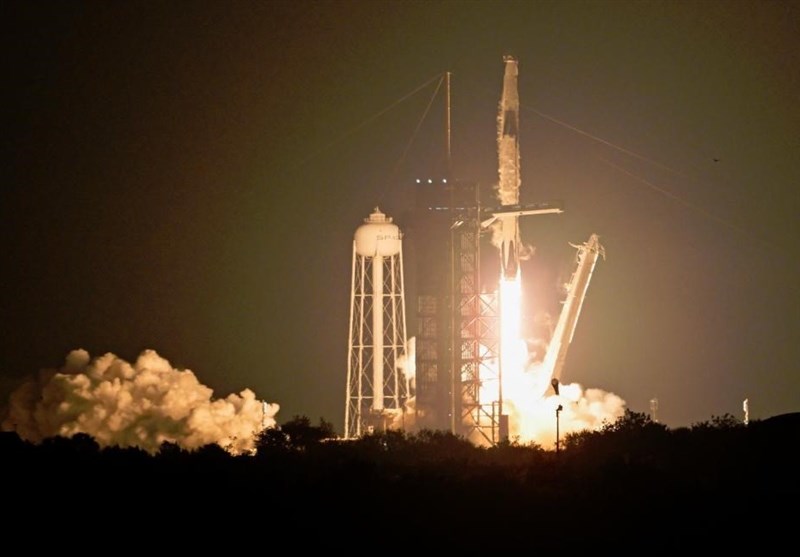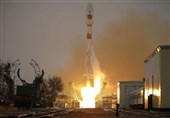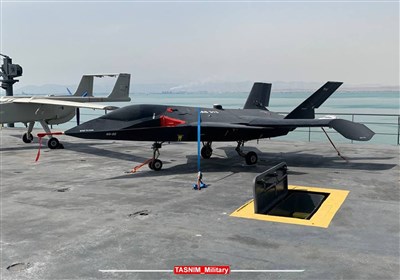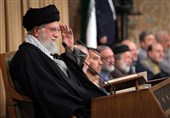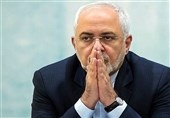SpaceX Launches Latest Space Station Crew to Orbit for NASA
TEHRAN (Tasnim) – Elon Musk’s rocket company SpaceX launched a four-man crew to orbit en route to the International Space Station early on Thursday, with a Russian cosmonaut and United Arab Emirates astronaut joining two NASA crewmates for the flight.
The SpaceX launch vehicle, consisting of a Falcon 9 rocket topped with an autonomously operated Crew Dragon capsule called Endeavour, lifted off at 12:34 a.m. EST (0534 GMT) from NASA’s Kennedy Space Center in Cape Canaveral, Florida, Reuters reported.
A live NASA webcast showed the 25-story-tall spacecraft ascending from the launch tower as its nine Merlin engines roared to life in billowing clouds of vapor and a reddish fireball that lit up the pre-dawn sky.
The flight came 72 hours after an initial launch attempt was scrubbed in the final minutes of countdown early on Monday due to a blockage in the flow of engine-ignition fluid. NASA said the problem was fixed by replacing a clogged filter and purging the system.
About nine minutes after Thursday’s launch, the rocket’s upper stage delivered the Crew Dragon into preliminary orbit as it streaked through space at more than 20 times the speed of sound. The reusable lower-stage Falcon booster, meanwhile, flew itself back to Earth and landed safely on a recovery vessel, dubbed “Just Read the Instructions,“ floating in the Atlantic.
Moments after the capsule reached orbit, a SpaceX mission control manager was heard jokingly radioing to the crew: “If you enjoyed your ride, please don’t forget to give us five stars.”
The crew’s commander, NASA astronaut Stephen Bowen, radioed back, “We’d like to thank you for the great ride to orbit today.”
The trip to the International Space Station (ISS), a laboratory orbiting about 250 miles (420 km) above Earth, was expected to take nearly 25 hours, with rendezvous planned for about 1:15 a.m. EST (0615 GMT) on Friday.
The crew’s six-month science mission will encompass about 200 experiments and technology demonstrations, ranging from research on human cell growth in space to controlling combustible materials in microgravity.
Designated Crew 6, the mission marks the sixth long-term ISS team that NASA has flown aboard SpaceX since the private rocket venture founded by Musk - billionaire CEO of electric car maker Tesla and social media platform Twitter - began sending American astronauts to orbit in May 2020.
The latest ISS crew was led by Bowen, 59, a onetime US Navy submarine officer who has logged more than 40 days in orbit as a veteran of three Space Shuttle flights and seven spacewalks. Fellow NASA astronaut Warren “Woody” Hoburg, 37, an engineer and commercial aviator designated as the Crew 6 pilot, was making his first spaceflight.
The Crew 6 mission also was notable for its inclusion of UAE astronaut Sultan Alneyadi, 41, only the second person from his country to fly to space and the first to launch from US soil as part of a long-duration space station team.
Rounding out the four-man Crew 6 was Russian cosmonaut Andrey Fedyaev, 42, who like Alneyadi is an engineer and spaceflight rookie designated as a mission specialist for the team.
Fedyaev is the second cosmonaut to fly aboard an American spacecraft under a renewed ride-sharing deal signed in July by NASA and the Russian space agency Roscosmos, despite heightened tensions between Washington and Moscow over the war in Ukraine.
The Crew 6 team will be welcomed aboard the space station by seven current ISS occupants - three NASA crew members, including commander Nicole Aunapu Mann, the first Native American woman to fly to space, along with three Russians and a Japanese astronaut.
The ISS, about the length of a football field, has been continuously operated for more than two decades by a US-Russian-led consortium that includes Canada, Japan and 11 European countries.
